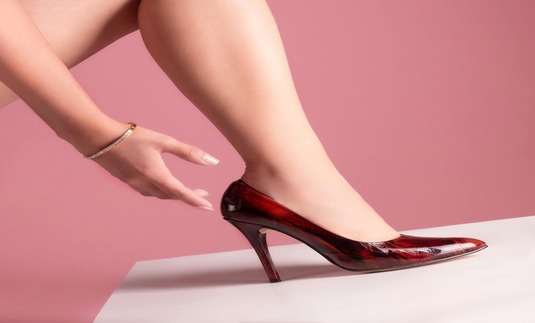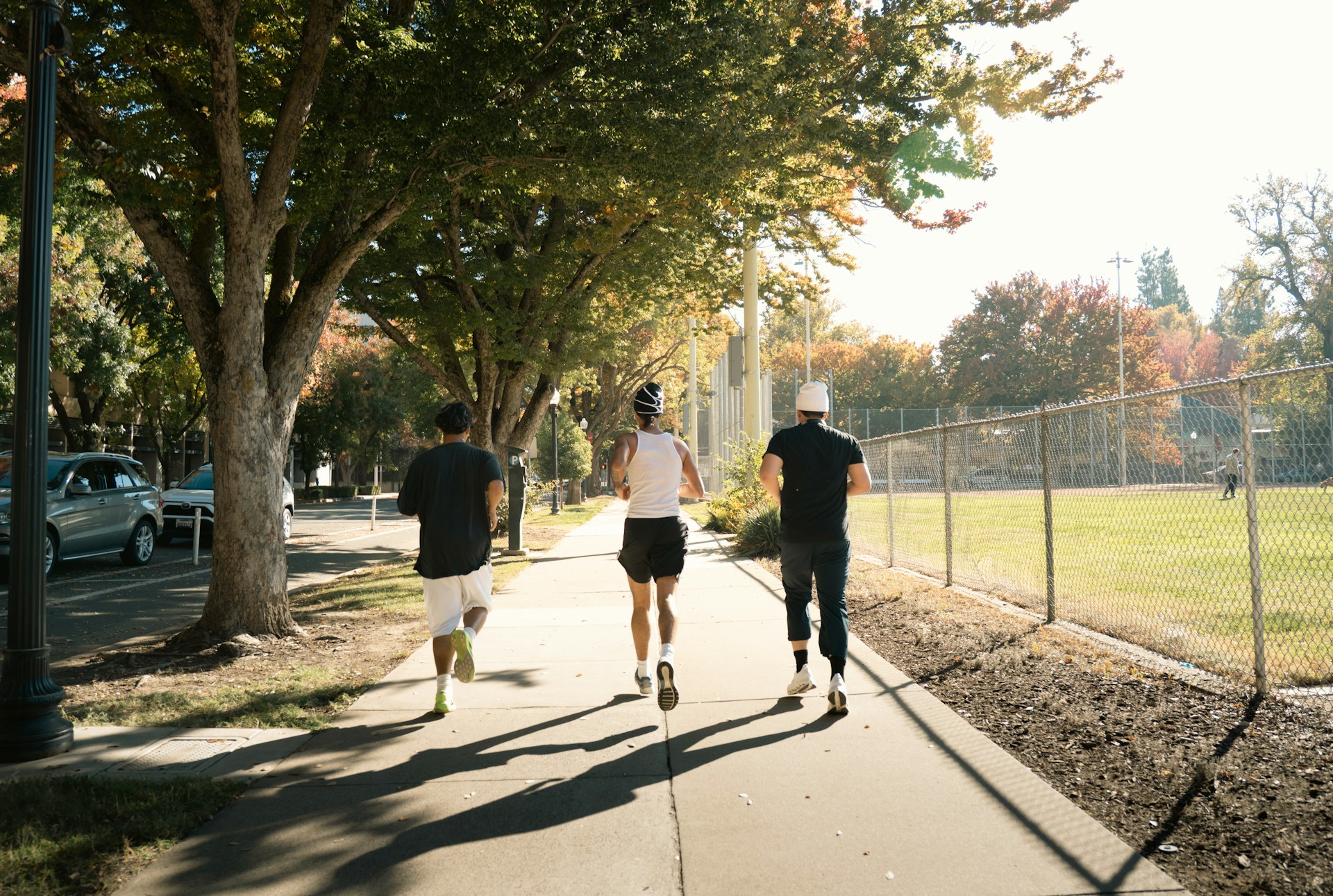Plenty of women swear by their high heels to give them the sexy and sophisticated look they’re going for. Whether they’re headed to work, a hot date, or even coffee with friends, without heels, these chicks feel short, too casual, and not nearly as stylish as they strive to be.
Although it’s hard to deny how great a chic pair of heels look on virtually any woman, most of the time, pain is part of the program and other high heel-related woes are anticipated with every awkward step. Even the most seasoned high heel wearer will tell you she’s experienced a love-hate relationship with her stilettos, yet she always gives in, giving her poor feet a “run” for their money.
As gorgeous as many pair are, here are 4 reasons high heels are the worst. While there’s no emergency to go flat all the time, constantly wearing heels is a real downer, even if they give you an extra 4 inches off the ground.
1. Crusty Callouses
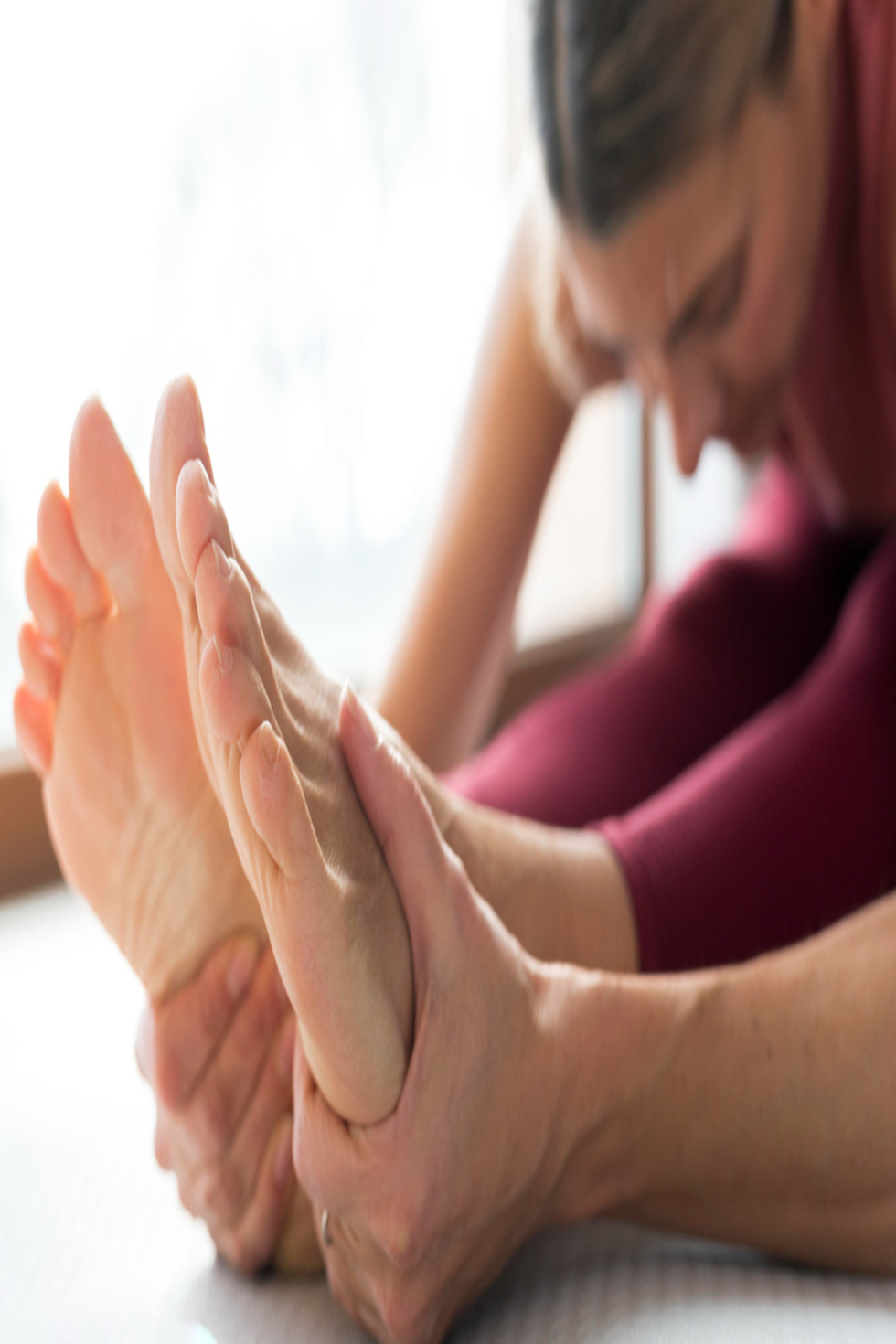
When a pair of high heels are on, a woman’s feet look fantastic. But take those puppies off and what lurks underneath is anything but attractive. Thick and unsightly callouses can build up over time, creating a foot feature no female want to show off.
As per Money Crashers, “When you push your feet into too-tight shoes or shoes that force your feet into unnatural shapes (such as pointy-toe shoes), you create pressure on the sides of your feet and toes. Over time, the rubbing and pushing from your favorite heels can lead to a hardening of the skin.”
Callouses not only look terrible, but nobody (except for maybe your pedicurist) will want to give you a foot rub after a long day in heels. Plus, depending upon where on the feet they form, callouses can become painful and difficult to soften or remove.
2. A Pain in the… Everything
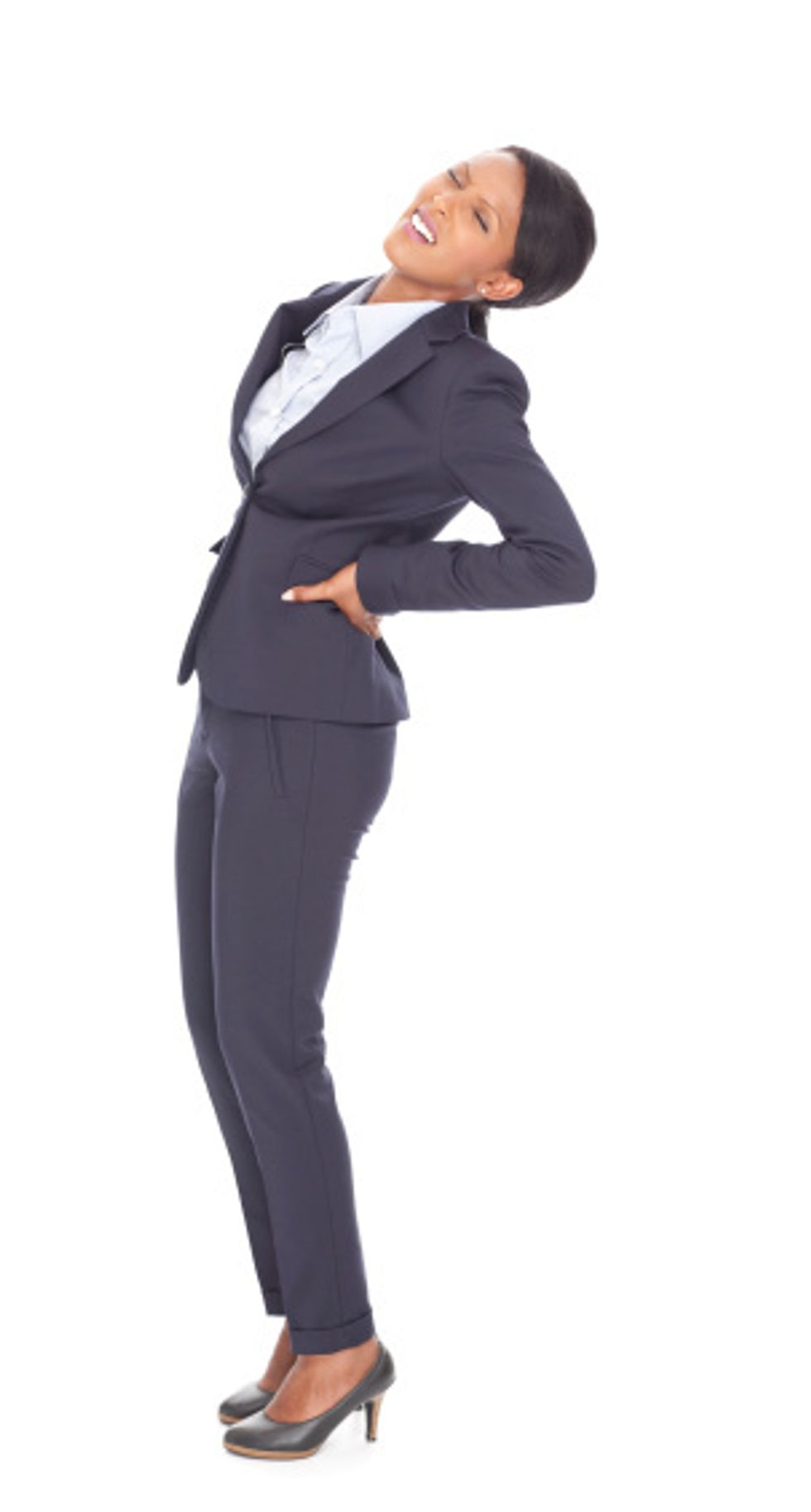
Many women will endure hours of pain in order to achieve a stunning look. A gorgeous pair of heels may feel comfortable in the store upon purchase, but after a few hours of mingling at a party or walking to and from work, pain, sometimes unbearable, sets in.
Foot pain seems obvious, as the foot is in an unnatural position placing pressure on the toes and arch. According to Women’s Health, “Normally, your feet act like spring-loaded, weight-distributing shock absorbers, cushioning your skeleton from crazy amounts of pounding. (In heels) you’ve shifted much of your mass onto the balls of your feet and your tiny, delicate toe bones.”
Along with foot pain, back issues are common for avid high heel wearers. As per Money Crashers, “Heels actually cause your pelvis to push forward when you walk or stand, placing tremendous pressure on the lower back and causing lingering pain.”
With a body aching all over, a nice pair of flats would be just what the doctor ordered!
3. Troublesome Toenails
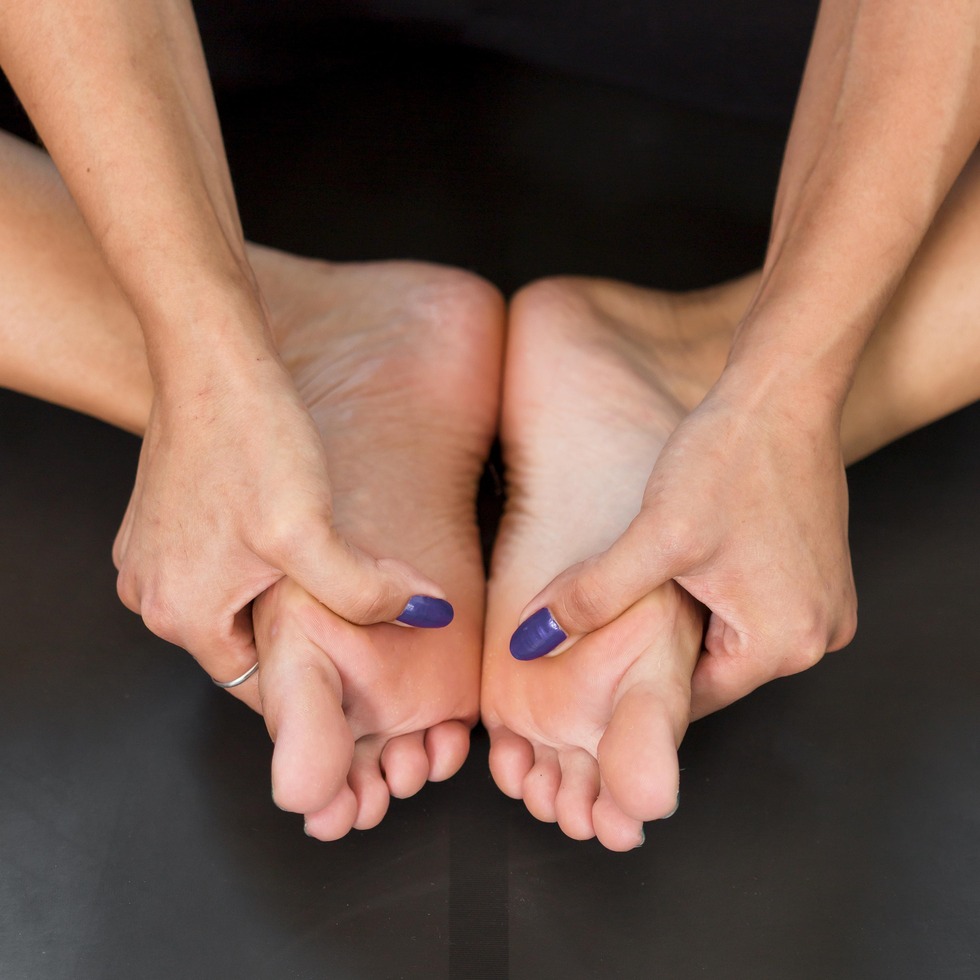
For anyone who’s had a pesky and painful ingrown toenail, you know it’s no joke. The mind-numbing throbbing and chance for infection is not what you signed up for when you signed the credit card bill for those Jimmy Choos.
According to Loyola Medicine, “High heels and tight-fitting or pointed-toe shoes are a leading cause of ingrown toenails. These shoes create chronic pressure on the big toenails and prevent them from growing properly. Additionally, shoe pressure can cause the nail to puncture the skin leading to infection.”
Once the summer season comes, will you really want to show off your red and puffy big toe in a cute pair of open-toed sandals? The next time you’re squashing your tootsies into a slim stiletto, think of the agony that may lie ahead (or afoot in this case).
4. Clumsy Isn’t Cute

Unless you spend your life in heels, wearing a pair, especially new ones, can be difficult to adjust to. Your balance is off, heels get caught in sidewalk cracks, and trying to keep up with the pace of your flat-footed friends can be daunting.
Nearly every heel-wearing woman has slipped, tripped, stumbled, or fumbled trying to strut sexily in a strappy pair of stilettos. As hot as you think you look in your slinky dress and patent leather pumps, falling off the curb and landing 2 inches deep in soft grass is nothing like runway-ready behavior.

